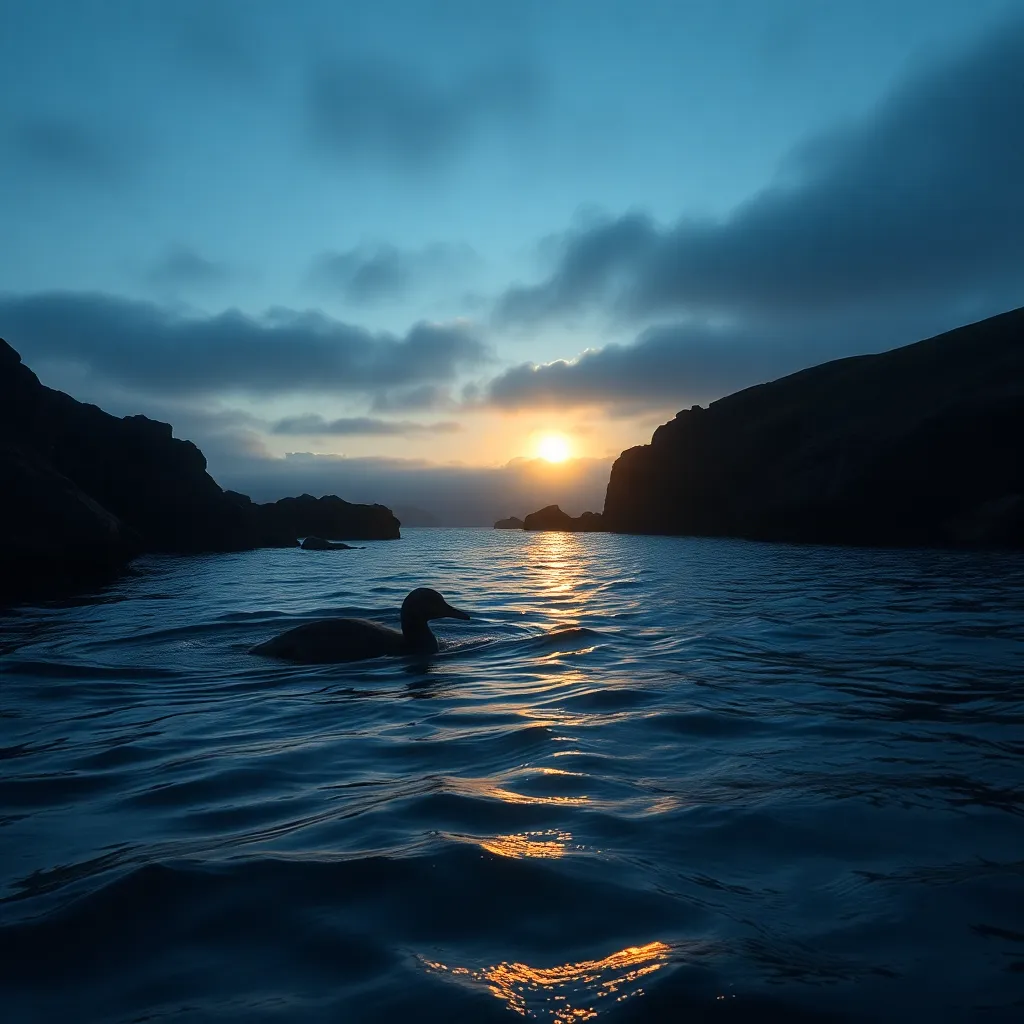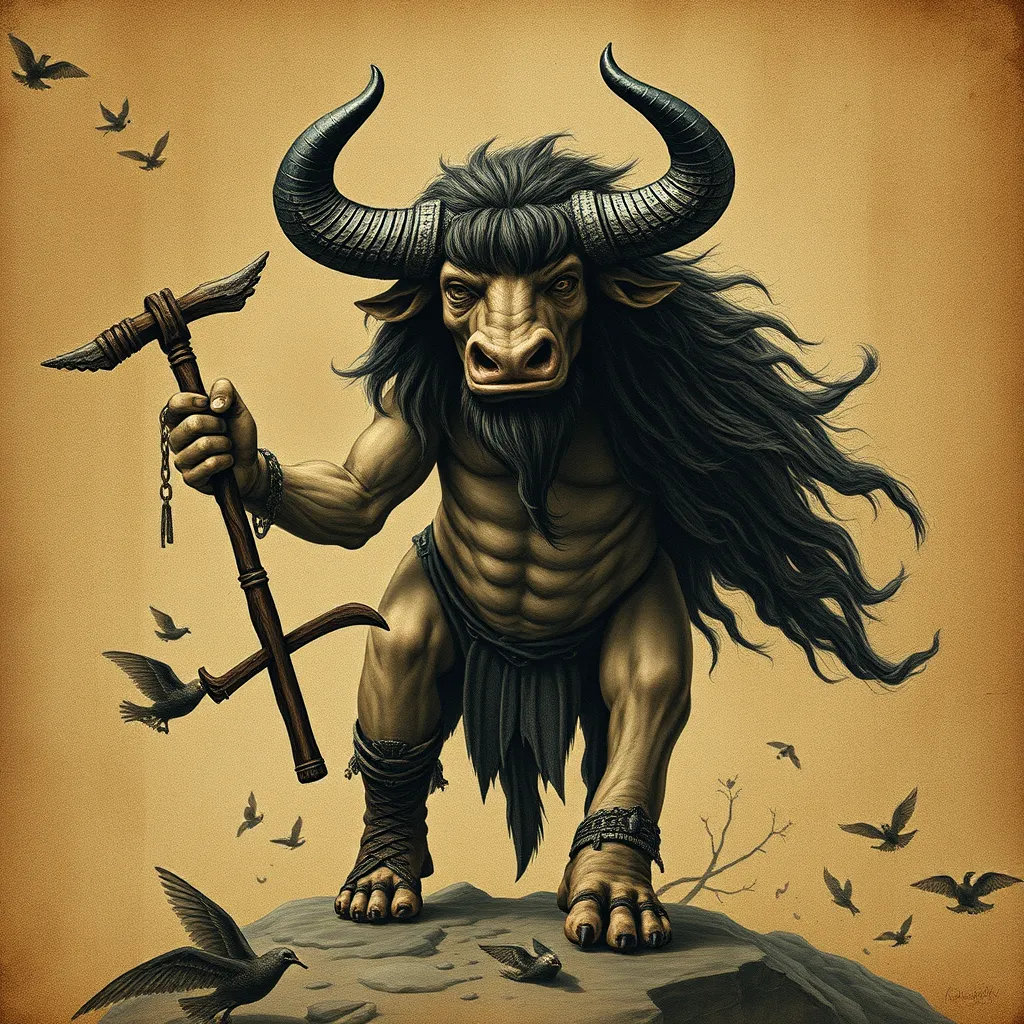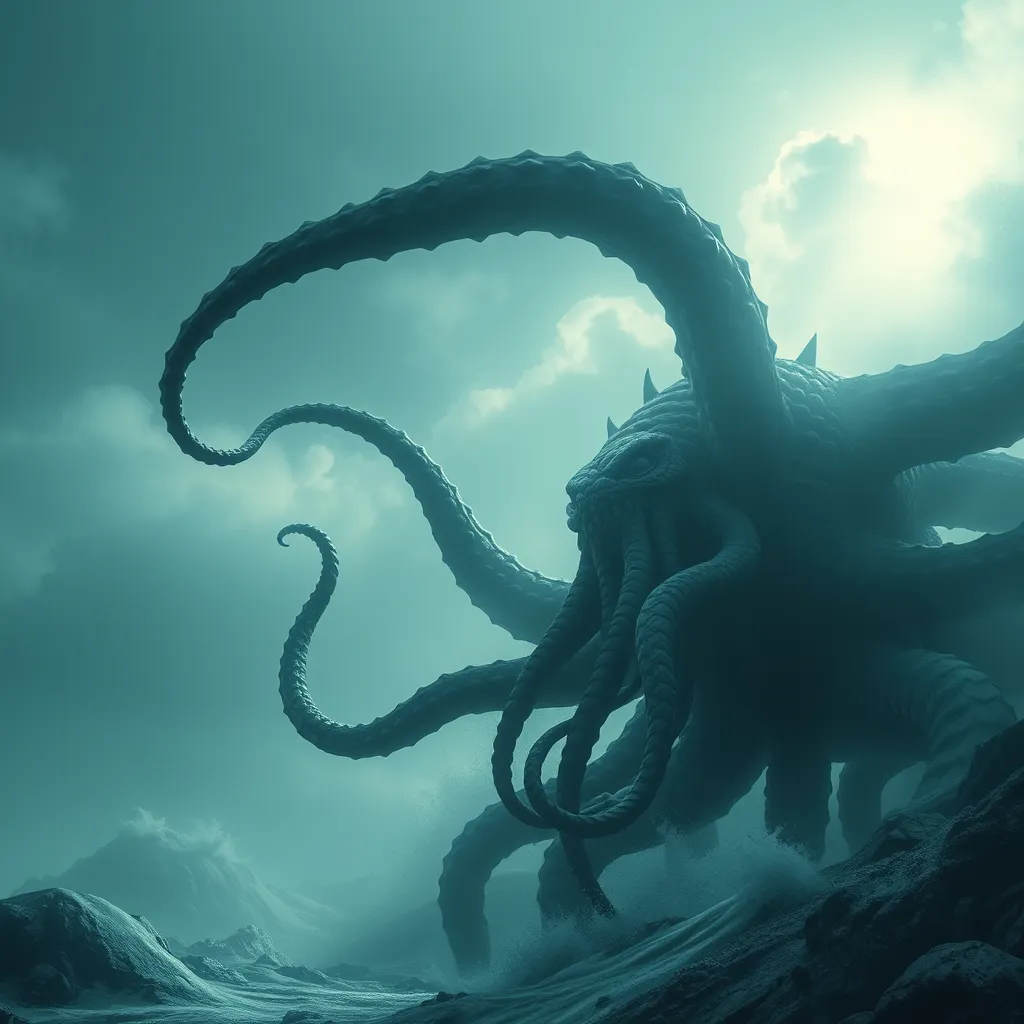The Selkie’s Connection to Folklore: Examining the Myth’s Roots in Oral Tradition
I. Introduction
Selkies are enchanting creatures from folklore, often depicted as seals that can shed their skin to become human. These mythical beings have fascinated audiences for centuries, embodying themes of transformation, loss, and the mystical connection between humanity and nature. This article aims to delve into the myth of the Selkie, exploring its origins, symbolism, and the vital role of oral tradition in preserving such folklore. Understanding the significance of the Selkie myth offers insights into the cultural heritage of communities that have passed down these tales through generations.
II. Origins of the Selkie Myth
The origins of Selkie tales can be traced back to various historical contexts, with roots deeply embedded in the maritime cultures of Northern Europe.
- Historical Context: Selkie stories often reflect the lives of coastal communities, emphasizing their connection to the sea for sustenance and livelihood.
- Geographical Regions: Primarily associated with Scotland, Ireland, and parts of Norway, these legends have been passed down through generations, each region adding its unique flavor to the tales.
- Celtic and Norse Mythology: The Selkie myth intertwines with Celtic and Norse traditions, sharing common themes of transformation and the supernatural.
III. The Symbolism of Selkies in Folklore
Selkies serve as powerful symbols in folklore, representing various human emotions and experiences.
- Transformation and Duality: The ability of Selkies to shift between seal and human forms highlights themes of duality and the complexities of identity.
- Themes of Love, Loss, and Longing: Many Selkie tales explore the pain of separation from loved ones, often illustrating a deep yearning for connection.
- The Role of Nature and the Sea: The ocean plays a significant role in Selkie mythology, symbolizing both the beauty and danger of nature, much like the creatures themselves.
IV. Oral Tradition and Storytelling Techniques
Oral tradition has been fundamental in the transmission of Selkie myths, preserving them for future generations.
- Significance of Oral Transmission: Storytelling has allowed communities to share their cultural heritage, ensuring that tales of Selkies and their lessons remain alive.
- Storytelling Methods: Traditional storytelling techniques, such as the use of rhythm, repetition, and audience participation, have made the retelling of Selkie stories engaging and memorable.
- Variations and Adaptations: As these stories have been passed down, they have evolved, with different regions adapting the tales to reflect local beliefs and customs.
V. Cultural Significance of Selkie Myths
Selkie tales hold significant cultural importance, influencing local communities in various ways.
- Impact on Local Communities: Selkie myths often serve as cautionary tales, moral lessons, or explanations for natural phenomena, deeply embedding themselves in the cultural fabric of coastal societies.
- Selkies as Cultural Icons: In contemporary media, Selkies have emerged as symbols of mystery and allure, appearing in literature, films, and art, thus keeping the folklore relevant.
- Preservation of Identity: These stories play a crucial role in preserving cultural identity, allowing communities to connect with their history and traditions.
VI. Comparative Analysis with Other Mythical Creatures
Examining the Selkie myth in relation to other mythical beings can reveal intriguing similarities and differences.
- Shape-Shifting Beings: Like werewolves or kitsune, Selkies embody the concept of transformation, further enriching the tapestry of folklore.
- Cross-Cultural Comparisons: Marine mythology around the world features similar creatures, such as mermaids and water spirits, showcasing universal themes of humanity’s relationship with nature.
- Lessons from Comparative Folklore: Studying mythical creatures across cultures can illuminate shared human experiences, fears, and aspirations.
VII. The Evolution of Selkie Stories in Contemporary Culture
As society changes, so do the interpretations of Selkie myths, leading to modern retellings that resonate with contemporary audiences.
- Modern Interpretations: Contemporary literature and art often reinterpret Selkie stories, exploring themes of feminism, environmentalism, and personal identity.
- Influence of Literature, Film, and Art: Films like “The Secret of Roan Inish” and novels such as “The Selkie’s Song” have introduced Selkie folklore to new audiences, revitalizing interest in the myth.
- Relevance in Addressing Contemporary Issues: Selkie stories can serve as metaphors for current societal challenges, including issues of belonging, climate change, and the search for connection in a rapidly changing world.
VIII. Conclusion
In conclusion, the Selkie myth is a rich tapestry of storytelling, reflecting humanity’s enduring fascination with transformation and the sea. The significance of Selkies in folklore illustrates their role as symbols of love, loss, and the duality of existence. The oral tradition has played a crucial role in preserving these myths, ensuring that they continue to resonate with new generations. As we reflect on the importance of storytelling in cultural heritage, we recognize that the Selkie’s tale is not merely a story of mythical creatures but a profound commentary on the human experience itself.



